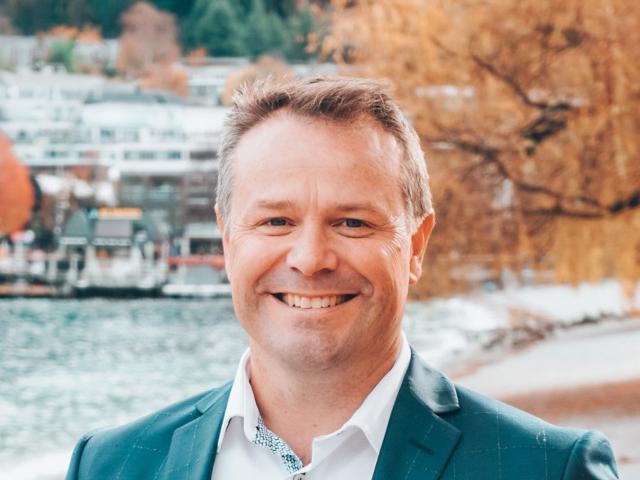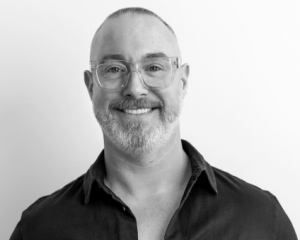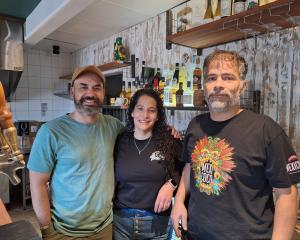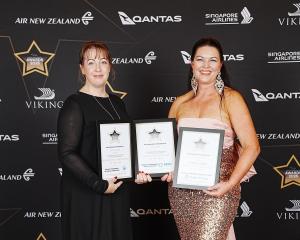
It appeared in a document released yesterday by Minister of Health Simeon Brown when he announced the government planned to invest $20 billion on a pipeline of new health infrastructure over the next decade.
The hub is listed among planned investment in "rural hospitals and hubs" between 2030 and 2034 to provide diagnostics, ambulatory treatment, birthing, acute and sub-acute care.
Queenstown Lakes District Mayor Glyn Lewers said he was aware the government had been working on a health infrastructure plan, but did not know what it meant for his district.
However, he was confident it would be better informed as a result of two pieces of work produced in the region in the past 12 months.
One is a proposal for a privately funded base hospital in Queenstown that was included in the two district councils’ "regional deal" proposal to the government earlier this year.
It suggests the hospital could provide services not now available in the region, and be leased to Te Whatu Ora Health New Zealand.
The other is a report on the region’s health services needs produced by a steering group headed by Mr Lewers, Central Otago District Mayor Tamah Alley and MPs Joseph Mooney, Miles Anderson and Todd Stephenson.
Recently delivered to Mr Brown, the report has had input from the district councils, rural health providers, iwi and Health NZ over the past 12 months.
Mr Lewers said the work had led to a recognition by Health NZ that its population-based funding model was a "mismatch" for a region where two-thirds of presentations at ED were visitors.
"That’s a huge step because it was very siloed and concentrated on Invercargill and Dunedin."
Ms Alley said the region was the logical location for any new health facility given its projected population growth and the distance residents were having to travel to access many services.
"We’ve had people in our communities who’ve been pushing for years for government to recognise the huge growth these two districts have gone through over the last decade."
Ms Alley said she hoped the health infrastructure plan would survive changes of government over the next 10 years.
"We’ve got to stop the back and forth in something so critical as health.
"Using something like health as a political football is madness."
Southland National MP Joseph Mooney said the location of the hub would be determined by Health NZ’s clinical services planning, but the work he had done with regional leaders on addressing the lack of publicly funded health services and facilities in Queenstown Lakes and Central Otago would feed into that.
Long-term planning for the country’s infrastructure needs had not been done well enough for many years, and the government’s health infrastructure plan was a response to that, Mr Mooney said.
"We have seen some bipartisan interest from our colleagues across the House, so I think everyone recognises we need this."
Advertisement













